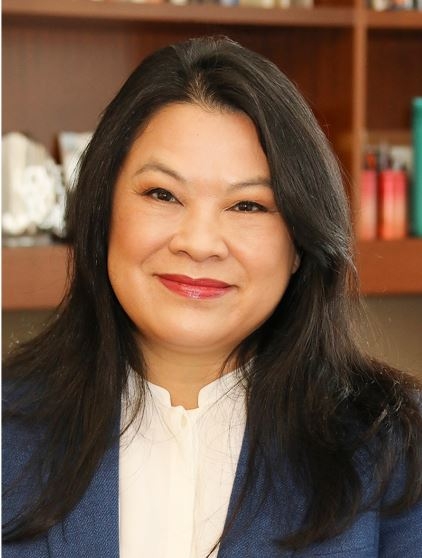
Joyce Chang, chair of global research at JPMorgan, expects Korea’s central bank to cut its policy rate by 75 basis points this year amid concerns over the Korean economy’s slowing growth and repercussions from the US administration’s tariff policy.
“We expect that the Bank of Korea’s terminal policy rate to fall to around two percent, given some of the growth concerns and the negative impacts from US tariff shocks,” she said during a webinar hosted by Seoul-based Institute for Global Economics on Wednesday.
The BOK slashed its interest rate to 2.75 percent from 3 percent on Feb. 25, the lowest rate in over two and a half years.
The rate cut came amid murky 2025 outlooks for Asia’s fourth-largest economy from global financial institutions and the central bank.
The BOK cut its 2025 gross domestic product growth forecast to 1.5 percent from the previous 1.9 percent it projected in November.
“Given some of the downward revision of the annual growth forecasts for 2025, I think there was a necessity to address the downward pressure on economic growth that outweighed other considerations such as inflation and financial stability and that prompted the additional rate cut,” Chang said.
She expected that the Korean economy would recover gradually over time from the impact of the ongoing political uncertainty triggered by President Yoon Suk Yeol’s declaration of martial law on Dec. 3.
Regarding US President Donald Trump's announced tariff policies, Chang expressed concern over the adverse impact on Korea's economic growth, noting that Korea has the highest revenue exposure to the US in Asia, second only to Taiwan and excluding China.
Trump has claimed that South Korea imposes tariffs on US products up to four times higher than those the US applies to Korean goods.
In response, Korea's Ministry of Trade, Industry and Energy refuted this assertion, clarifying that the average most-favored-nation tariff rate in Korea stands at 13.4 percent, four times higher than the US's 3.3 percent rate.
The most-favored-nation tariff rate is the highest tariff that World Trade Organization members can charge to other WTO members without a free-trade agreement
However, they said that under the free trade agreement effective since 2012, tariffs on most products have been eliminated, resulting in an effective tariff rate of approximately 0.79 percent on imports from the US in 2024.
hnpark@heraldcorp.com




